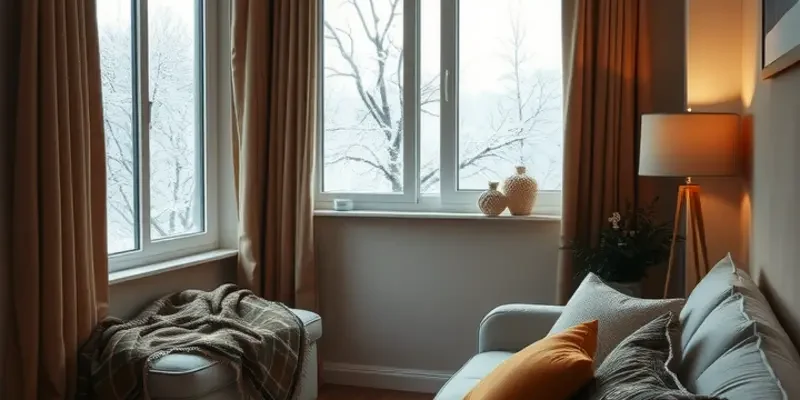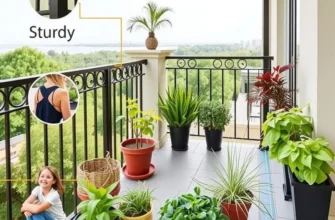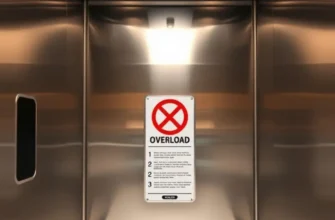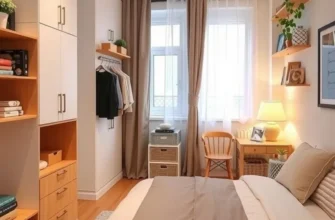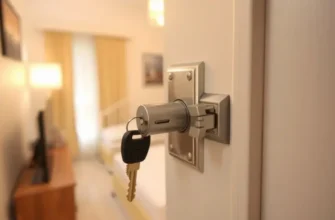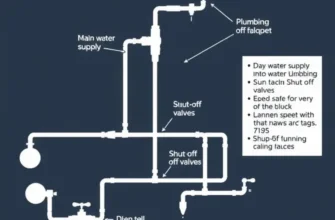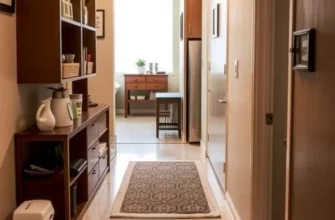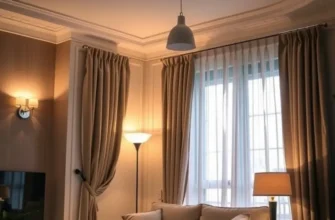Winter can be a magical time of year, but for renters, it also brings a unique set of challenges. It’s essential to ensure your apartment remains safe and secure while navigating cold temperatures and inclement weather. From draft-proofing your windows to safeguarding against icy pathways, taking proactive measures can save you time, money, and stress throughout the season. Renting a home shouldn’t mean compromising your comfort or safety. By following a few straightforward maintenance tips, you can create a cozy environment that allows you to enjoy all the winter festivities without worry. This guide covers practical strategies that empower you to manage potential issues and communicate effectively with your landlord, ensuring a hassle-free winter experience in your apartment.
Draft-Proofing Your Space: A Step-by-Step Guide
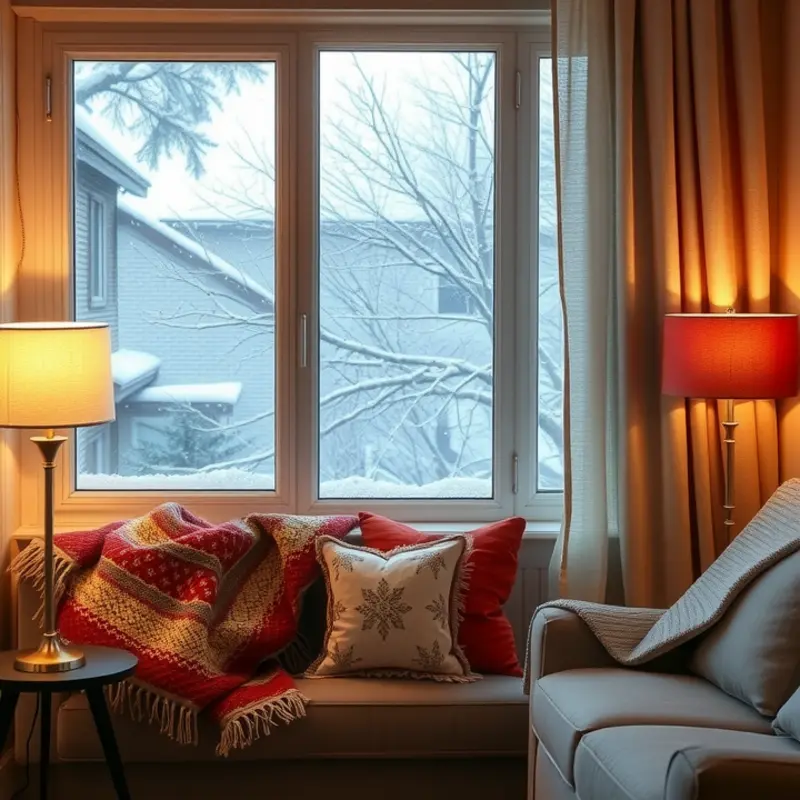
Ensuring your apartment stays warm and energy-efficient during winter involves addressing the drafts that can creep in through windows and doors. Here’s how you can effectively tackle those pesky cold spots.
First, identify the problem areas. Cracks and gaps around windows and doors are the most common culprits. To find these, move your hand slowly around the edges on a windy day, feeling for any cold air sneaking in. Alternatively, hold a lit incense stick or candle near the frames; the smoke or flame will flicker if there’s a draft.
Once you’re aware of the problem areas, consider the right materials for sealing. Weatherstripping is popular for doors. It comes in various forms, such as foam, felt, or rubber, each with different adherence strengths and longevity. For windows, a window insulation film is effective. This involves covering the window with clear plastic film, which is sealed with double-sided tape and shrunk using a hairdryer to remove wrinkles.
Draft stoppers or door snakes can block the bottom of doors. These are long, cushion-like objects placed where the door meets the floor. They provide immediate relief from drafts and can easily be moved or adjusted.
For a simple, temporary fix, consider caulk for small gaps and cracks. This is a rubbery substance applied to seal openings and can be easily removed when no longer needed. Rope caulk is a good alternative for renters; it’s pliable, easy to mold into gaps, and leaves no residue upon removal.
Consider heavier curtains or thermal drapes over windows for added insulation. These provide an extra layer that helps retain heat. Keeping curtains closed, especially at night, can significantly reduce heat loss.
Remember, these draft-proofing measures also contribute to energy efficiency, potentially reducing your heating bills. By taking the time to properly seal your apartment, you not only create a cozier environment but also help the environment by conserving energy.
For a more permanent and rental-friendly upgrade, consider applying budget-friendly rental upgrades that offer long-term solutions. Learn more about these solutions and how they can enhance your living space here.
Applying these methods will make your apartment a warm haven while winter winds rage outside. With minimal effort, you can maintain a comfortable temperature that transforms your space into a cozy retreat.
Winter Safety: Ensuring Your Apartment is Secure
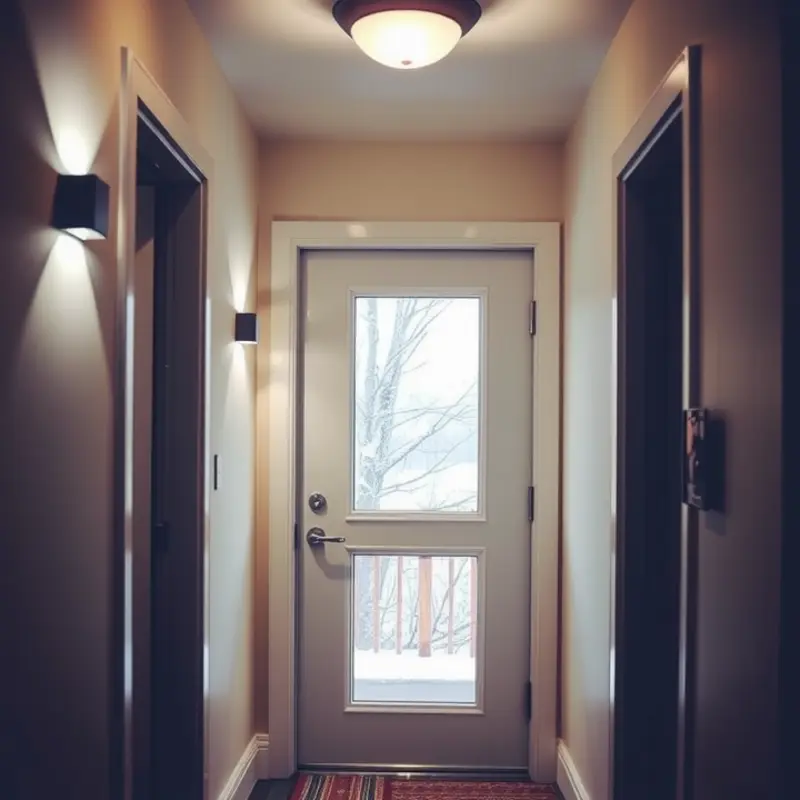
With shorter days and longer nights, winter emphasizes the need for enhanced apartment security. Start by securing entrances. Ensure exterior doors have robust locks and that windows close securely. It’s wise to change the locks if they’re old and worn. For tenants, consult with your landlord on any lock changes—they’re usually amenable to improvements that boost security.
Next, check smoke and carbon monoxide detectors. These devices are critical for safety, especially in winter when heating systems are in full use. Test each unit monthly and replace batteries biannually. If a detector is outdated, inform your landlord about upgrading to a model that meets current safety standards. This is part of their obligation to maintain a safe living environment.
Optimizing lighting around your apartment is another key step. Ample lighting deters potential intrusions and increases safety in and around your home. Consider adding energy-efficient bulbs to fixtures and motion sensors for outdoor lights, if possible. Apartments can be tricky for personalization, so discussing lighting options with your landlord can bring about acceptable solutions. More on rental upgrades can be found in this guide.
Adverse weather conditions during winter also warrant attention to emergency preparedness. Stock up on non-perishable foods, water, and essential medications. Keep a list of emergency contacts handy and familiarize yourself with local emergency shelters. Make sure your apartment has an emergency kit equipped with essentials like flashlights, batteries, a first aid kit, and blankets.
In the event of severe weather, stay informed through local news updates. If you need to evacuate, have a plan that includes safe exit routes and a meeting point. Residential buildings often have evacuation protocols in place, so review these with your landlord or property manager.
Good communication with your landlord is crucial for a secure home. Be proactive and document any concerns related to building infrastructure or common areas. Submitting maintenance requests promptly can prevent small issues from escalating, ensuring that winter is safe and secure in your apartment.
Final words
Being a renter during winter doesn’t have to be daunting. By implementing the tips shared in this guide, you can ensure that your living space is not only warm and inviting but also that it prioritizes safety and security. Simple actions like draft-proofing and enhancing your apartment’s security can lead to a hassle-free winter experience. Don’t hesitate to communicate with your landlord regarding maintenance items that require attention, as it is a shared responsibility to ensure your home is comfortable. A little preparation goes a long way, allowing you to enjoy the beauty of winter while staying cozy and safe.

